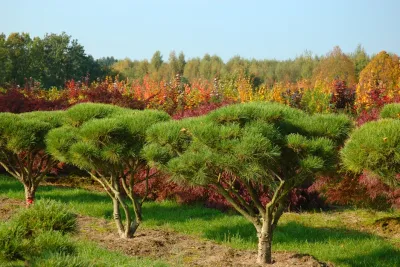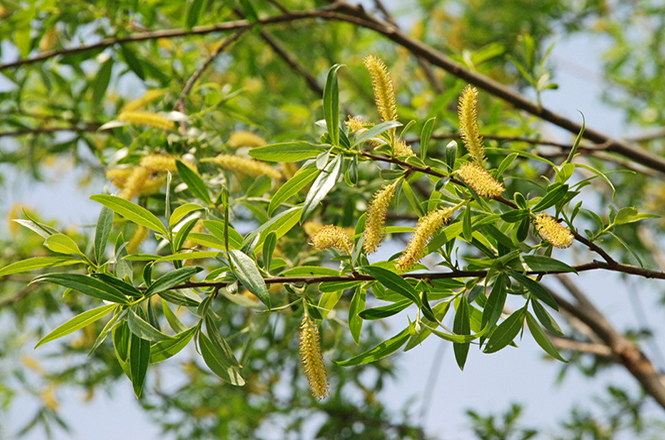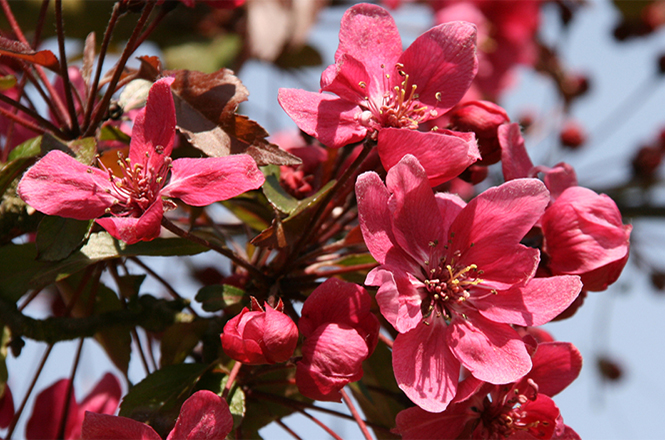
Hectares for Nectar - Trees and Shrubs as Bee Pastures
Woody plants are insect pastures!
- Pre-fruit blossom (February to April)
- Fruit blossom (mid-April to mid-May)
- After fruit blossom (May to the end of June)
- Flowering period (July to the end of September)
- Honeydew
Click here for the bee flyer (german)
Alle Informationen und Tabellen im Überblick:
Lorenz von Ehren Bienenflyer (2,41 MB) >

„Become an insect rescuer! With a clever choice of plants, year-round flowering is possible and woody plants play an important role in this. Everyone is asked to offer insects more food sources, true to the motto: species richness against food shortages.“
Kerstin Abicht, Landscape Architect, Lorenz von Ehren Nursery
Provide the insects with more habitats and food. It’s not only perennials and annuals that count as bee pasture, but also trees and shrubs. Woody plants provide bees with many sources of food. Therefore, attention should definitely be paid to trees as insect pasture in the garden. Trees such as field maple (Acer campestre), linden (Tilia), chestnut (Castanea sativa), apple (Malus in various species and varieties) oder die or the black locust (Robinia pseudoacacia) are just a few examples of natural food sources for insects such as honeybees and wild bees as well as bumblebees.
Acer campestre - Castanea sativa - Cherries in varieties - Tilia europaea - Salix alba - Robinia pseudoacacia - Malus 'Aldenhamensis'
Bäume und Sträucher als Insektenweiden
Einige Beispiele





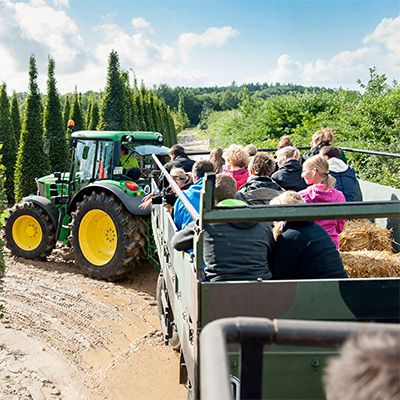


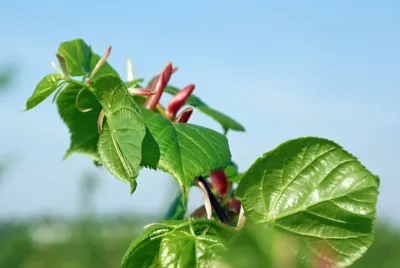

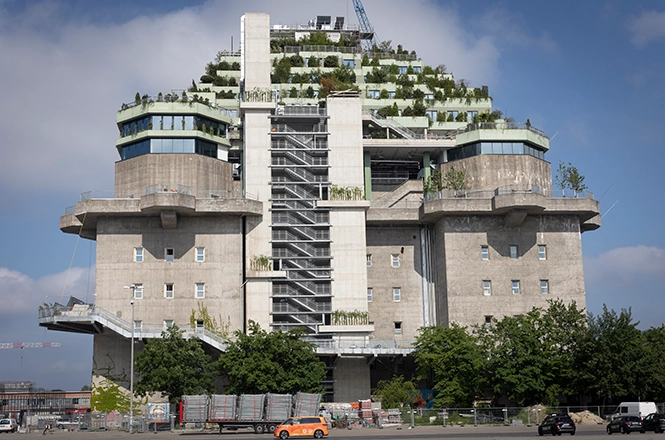
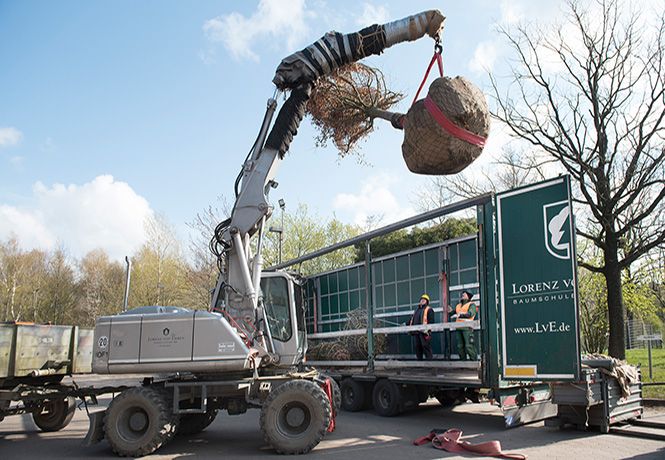







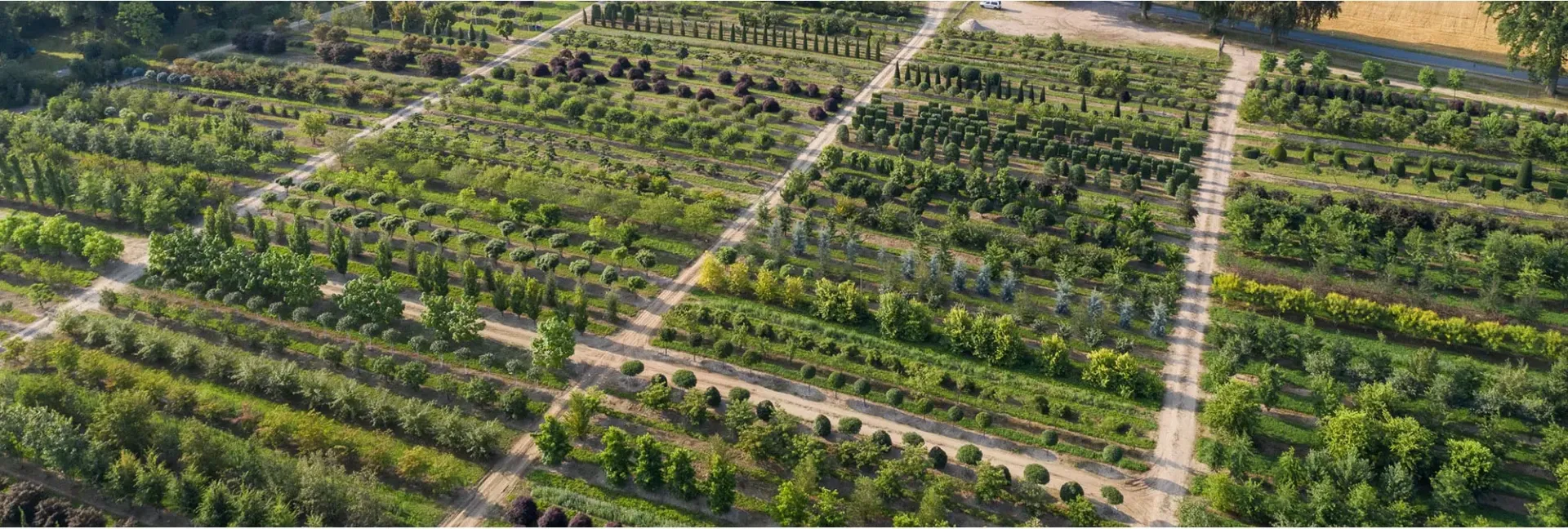
_400x400.webp)
